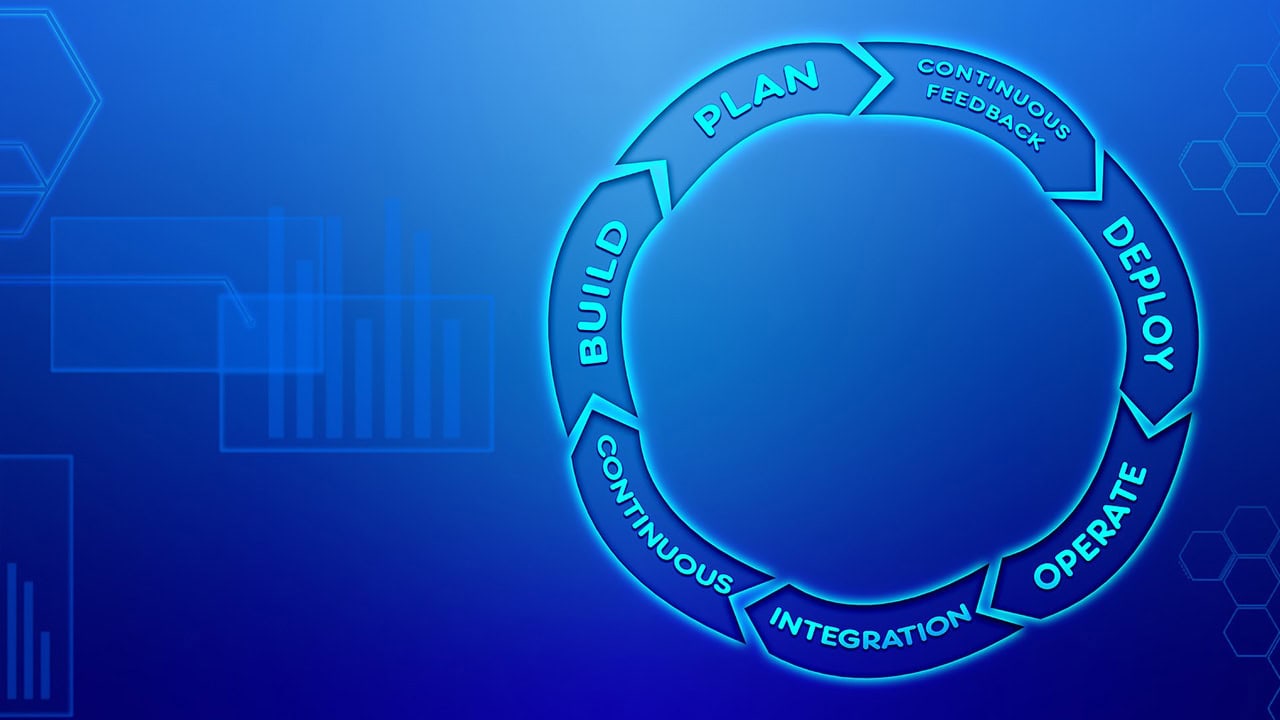DevOps and Continuous Delivery

Staying ahead of the competition requires more than just innovative ideas; it demands a streamlined approach to software development and delivery. This is where DevOps and Continuous Delivery come into play.
These methodologies have transformed how companies develop, deploy, and manage their software products, enabling rapid iteration and improved customer satisfaction.
Understanding DevOps
DevOps, a combination of “development” and “operations,” is a cultural and technical movement aimed at improving collaboration and communication between software developers and IT operations professionals.
The primary goal of DevOps is to shorten the software development lifecycle while delivering features, fixes, and updates more frequently and reliably.
The Core Principles of DevOps
- Collaboration: DevOps fosters a culture of collaboration among all stakeholders involved in software development, breaking down silos and encouraging teamwork.
- Automation: By automating repetitive and manual tasks, DevOps reduces human error and accelerates processes, enabling faster delivery of software.
- Continuous Feedback: DevOps emphasizes the importance of continuous feedback from all stages of development to improve and optimize the process.
- Security: Integrating security practices into the development lifecycle, also known as DevSecOps, ensures that security is a shared responsibility.
The Rise of Continuous Delivery
Continuous Delivery (CD) is a software development practice where code changes are automatically prepared for a release to production. It builds upon Continuous Integration (CI), where code is integrated into a shared repository frequently.
CD focuses on automating the delivery pipeline, ensuring that software can be reliably released at any time.
Key Benefits of Continuous Delivery
- Faster Time to Market: With CD, organizations can release new features and updates to customers more quickly, gaining a competitive edge.
- Improved Quality: Automated testing and deployment reduce the risk of human error, leading to higher quality software.
- Reduced Risk: Smaller, incremental changes are easier to test and deploy, reducing the risk of large-scale failures.
- Enhanced Flexibility: Teams can respond to feedback and market changes swiftly, ensuring the product remains relevant.
Implementing DevOps and Continuous Delivery
Adopting DevOps and Continuous Delivery requires a strategic approach. Here are some essential steps to consider:
Building a Collaborative Culture
Creating a DevOps culture involves breaking down barriers between development and operations teams. Encourage open communication and foster a sense of shared responsibility for the product’s success. Regular cross-functional meetings and collaborative tools can facilitate this cultural shift.
Investing in the Right Tools
The success of DevOps and CD relies heavily on the tools that support automation, integration, and deployment. Popular tools include Jenkins, GitLab CI/CD, Docker, and Kubernetes.
These tools help automate processes, manage containers, and orchestrate deployments efficiently.
Automating Testing and Deployment
Automation is the backbone of DevOps and CD. Implement automated testing to catch bugs early in the development process and automate deployment pipelines to ensure rapid and reliable releases.
This reduces the time and effort required for manual testing and deployment, allowing teams to focus on innovation.
Continuous Monitoring and Feedback
Implement continuous monitoring to gain insights into the application’s performance and user experience. Tools like Prometheus, Grafana, and ELK stack can provide real-time data and analytics.
Use this feedback to make informed decisions, optimize processes, and enhance the product.
Challenges and Considerations
While the benefits of DevOps and Continuous Delivery are substantial, organizations may face challenges during implementation.
These can include cultural resistance, legacy systems, and skill gaps. Addressing these challenges requires a thoughtful approach, including training, change management, and phased implementation.
The Future of DevOps and Continuous Delivery
As technology continues to evolve, so will DevOps and Continuous Delivery practices. The future holds exciting possibilities, such as increased use of artificial intelligence and machine learning to enhance automation and predictive analytics.
The integration of AI will further streamline processes, making software delivery even more efficient and reliable.
Conclusion: Embracing the DevOps and Continuous Delivery Revolution
DevOps and Continuous Delivery have revolutionized the way software is developed and delivered. By fostering collaboration, automating processes, and enabling rapid feedback, these methodologies empower organizations to innovate faster and deliver higher-quality products.
As we look to the future, embracing these practices will be crucial for staying competitive in the ever-evolving tech landscape.
Start your journey towards a more agile and efficient software development process today by embracing DevOps and Continuous Delivery.
The road may be challenging, but the rewards are worth it—transform your organization into a powerhouse of innovation and customer satisfaction.






